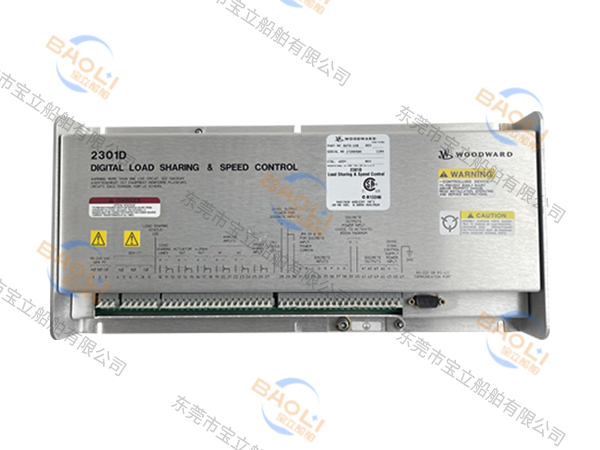Cars have become an indispensable tool for everyone to travel. Of course, car knowledge is essential. In order to make everyone easier to understand these knowledge, today I will introduce how the speedler works. Interested partners may be helpful to you.
Hydraulic speed regulator is also called indirect speed regulator, because it inserts a hydraulic amplifier component (hydraulic servo) between the sensing element and the oil volume regulation mechanism, and transmits the output signal of the sensor element through the amplification element. Give the oil volume adjustment mechanism.
The working principle of non -feedback hydraulic speed regulator: After the load is reduced, the speed of the crankshaft transmission shaft increases, and the centrifugal force of the Bank of London's interbank splitting rate is moved to the right. Then, the rocker rotates around the point A, moves the valve core to the right, and the pressure oil enters the right space of the servo oil cylinder. At the same time, the left space of the oil cylinder is connected to the low -pressure oil road through the oil hole to discharge the oil in it. Under the influence of the pressure difference, the servo piston moves to the left to the left to shorten the fuel supply. After the speed returned to the initial value, the drum also returned to the central position, and the adjustment process was over. Under the load, when the speed drops, the speed adjustment process will reverse.
The hydraulic speed regulator of the rigid feedback mechanism: The structure is basically the same as the hydraulic speed regulator with the above -mentioned non -feedback. The upper end A of the leveraged transmission not only is installed on a fixed hinge, but also connected to the piston rod of the servo piston. Due to this change, the relationship between sensing elements, hydraulic amplification elements and oil volume regulation agencies will change as follows. When the load decreases, the engine speed rises, and the inter -bank interbank interest rate (libor) is open to the public to the public to move the speed leverage to the right. At this time, the servo piston has not responded yet, so temporarily uses the upper end point A of the feedback rod AC as a fixed point. The rod AC rotates around A against the adverse timing of A, so that the valve pillar moves to the right. The left cavity is connected with the low -pressure oil road. In this way, the high -voltage oil promotes the servo piston, so that the fuel injection adjustment rod is moved to the left, and the oil supply is shortened according to the new load.
Elastic feedback hydraulic speed regulator: It is formed by adding the elastic link of the buffer and spring to the "rigid feedback" device. One end of the spring is connected to the fixed fulcrum, and the other end is connected to the piston of the buffer. The cylinder of the buffer and the piston rigid connection of the server. When the engine load decreases, the speed increases, which generates the centrifugal power of the Bank of London's interbank industry. Similarly, the slide valve moves to the right, the servo piston moves to the left, shortening the fuel supply of the fuel injection pump. When the piston is moving at high speed, the buffer and the buffer work like a rigid body. As the servo piston 5 moves to the left, the point A of the buffer and AC manipulating rod also moves left. This process is completely similar to the speed regulator of the rigid feedback system mentioned above. However, at the end of the speed adjustment process, the valve core returned to the original position, covering the oil circuit that linked to the servo cylinder, and the buffer and the servo piston stopped at the corresponding position corresponding to the new load.

Dongguan Baoli Shipping Co., Ltd. © Copyright 2023
【Backstage】